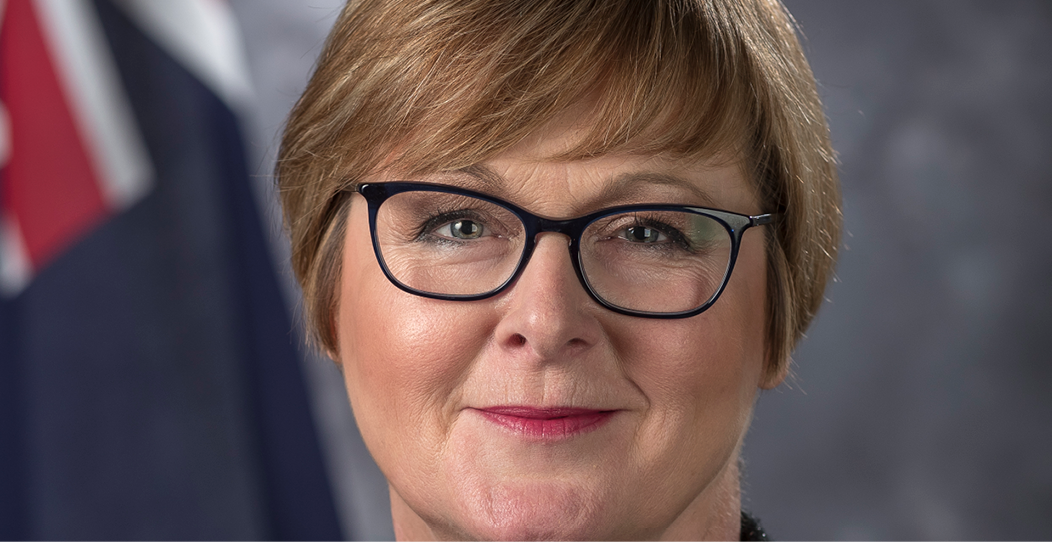
Explore our ground-breaking new report: Cycles of Exploitation –
a full exploration of the devastating links between institutional care and child trafficking.
Together, we can break the cycles of exploitation
that harm children.

No child belongs in an institution. Every child taken away from their family and consigned to an institution tears the very fabric of a happy, healthy and resilient society.
Drawing together research and case studies from around the world, this report reveals how orphanages and other institutions play an instrumental role in perpetuating cycles of child trafficking and exploitation.
As the case for care reform continues to be made in many parts of the world, it is critical to recognise and understand these links so that interventions, advocacy and policies can be put in place to disrupt the systems and processes that negatively impact children’s lives.
An estimated 5.4 million children worldwide live in institutions that cannot meet their needs and neglect their rights.
This includes so-called orphanages, where on average more than 80% of children are not orphans.
In addition, an estimated 9.965 million children live in modern slavery, encompassing human trafficking for all forms of exploitation, including sexual abuse, criminality and forced labour.
Lumos received submissions to our call for evidence from
organisations and individuals from 45 countries across all regions of the world.
A GLOBAL PROBLEM
Examples of institution-related trafficking have been documented in many countries around the world.
Interactive countries link to our global collection of case studies where relevant.
Click on the countries to find the links.
RESOURCES TO SUPPORT YOU
‘Myths vs Reality’ highlights some of the key misconceptions associated with voluntourism, including how this could unintentionally support institution-related trafficking.
‘Do’s and Don’ts’ summarises key advice on how to support those who have left care, things to be aware of, and areas you should stay away from to make a real positive impact on children.
THE FOUR CYCLES IN WHICH INSTITUTIONAL CARE
AND HUMAN TRAFFICKING ARE LINKED
Millions of children worldwide are exposed to institution-related human trafficking – they are easy targets for traffickers seeking to exploit vulnerabilities for their own gain.
The closed culture that often characterises institutions can result in an absence of robust safeguarding policies and practices, putting children at risk. Our report unearths the alarming global occurrence of trafficking into and out of institutions. Based on the research findings, four cycles of institution-related trafficking have been identified.

Children are recruited
and trafficked into institutions for the purpose of financial
profit and other forms
of exploitation -
also known as
‘orphanage trafficking’.
Children are trafficked out of institutions into other forms of exploitation.
Care leavers are more
at risk of exploitation
and trafficking.
Child trafficking victims
and unaccompanied children are placed in institutions for their ‘protection’ which can put them at risk of trafficking and re-trafficking.
THE MISSING PIECE: A MODEL LAW
Although the link between children's institutions and human trafficking was recognised by the United Nations General Assembly (UNGA) in 2019, there are few examples of these critical areas of child protection being formally recognised and tackled.
Our report reveals quite clearly that children are being caught in dangerous systems that are going unchecked. Crucially, it sets out the ways in which we can break these cycles of exploitation that trap children and let traffickers go free.
Our aim is that the new Model Law on Institution-Related Child Trafficking for the Purpose of Financial Exploitation, created by professor Parosha Chandran, will help combat this problem and better protect children.

“I suspect that many people will be shocked by this report. They may recognise themselves as a well-intentioned orphanage volunteer, or as a generous donor who has supported children left vulnerable after a humanitarian disaster. Reading what follows may be the first time that they realise that they’d unwittingly played a part in propping up a harmful ecosystem in which children, most of whom have at least one living parent, act as commodities in an industry of profit-making orphanages.”
Professor
Parosha Chandran


IMPROVING CHILD PROTECTION SYSTEMS
We have a global system that enables the exploitation of children in vulnerable situations. It’s marred by failings – in child protection systems, in accountability in institutional care and in legal recognition. And it’s fuelled by misdirected financial support to orphanages around the world.
“There is still so much to be done. The challenges are significant, and yet we have already demonstrated that by working together we can achieve big change. We are responsible for allowing this contemptible trade in children to thrive. Now, it is our responsibility to end it.”
Senator the Hon
Linda Reynolds CSC
VULNERABILITY, RISKS AND DRIVERS
Around the world, children are put in institutions for a wide range of reasons, including poverty, disability and social exclusion. Similar risk factors help explain children’s vulnerability to trafficking. Evidence shows that institutionalisation itself increases the risk of being trafficked.
This research identifies three key factors that exacerbate the problem of institution-related trafficking.
FUNDING FOR ORPHANAGES
In the wake of disaster – with tragic stories circulating globally of families torn apart by natural disasters or conflicts – support for orphanages is a popular response for overseas audiences wanting to contribute to relief efforts. This fuels the exploitation of children.
ORPHANAGE TOURISM AND VOLUNTEERING
The flow of international volunteers to orphanages causes children to be separated unnecessarily from their families and increases institutionalisation, creating opportunities for traffickers to supply children to feed the business model.
MIGRANT AND REFUGEE CHILDREN BEING LEFT UNACCOMPANIED
Conflict, natural disasters, violence and discrimination force millions of people to flee their homes every year. Without the protection provided by parents and guardians, children who travel alone or have been separated from their families are at heightened risk of trafficking and exploitation both in transit and on arrival.
“ Imagine what we could do if we all joined forces – the government, the church, tourism agencies, policy makers, care reform advocates, prospective travellers and volunteers – and worked together to improve the lives of vulnerable children.”
Ruth Wacuka, founder of Reroot Africa
INSTITUTION-RELATED TRAFFICKING WILL CONTINUE IN THE ABSENCE OF SPECIFIC LAWS, POLICIES AND TARGETED PROGRAMMES TO ADDRESS IT.



















